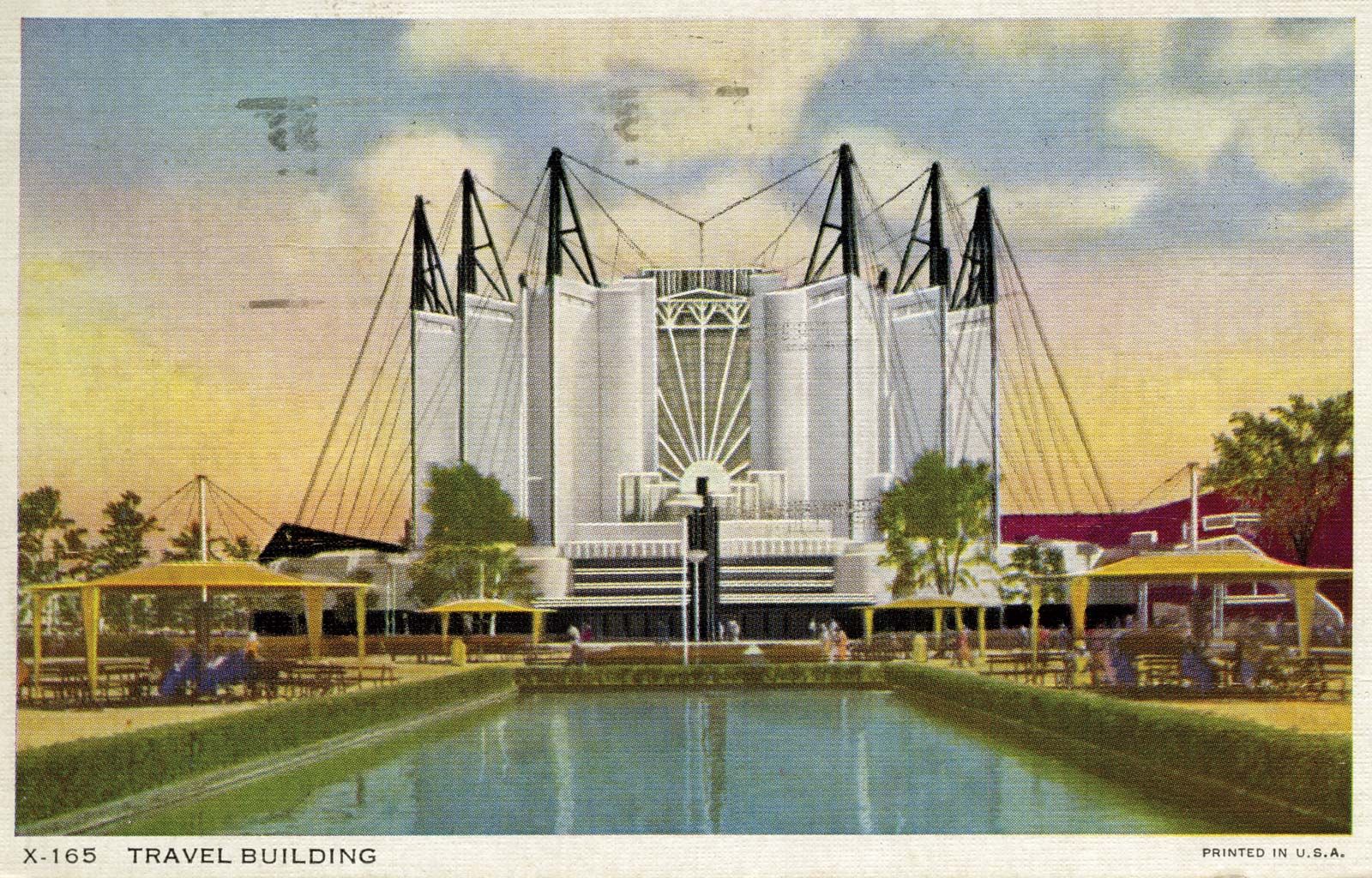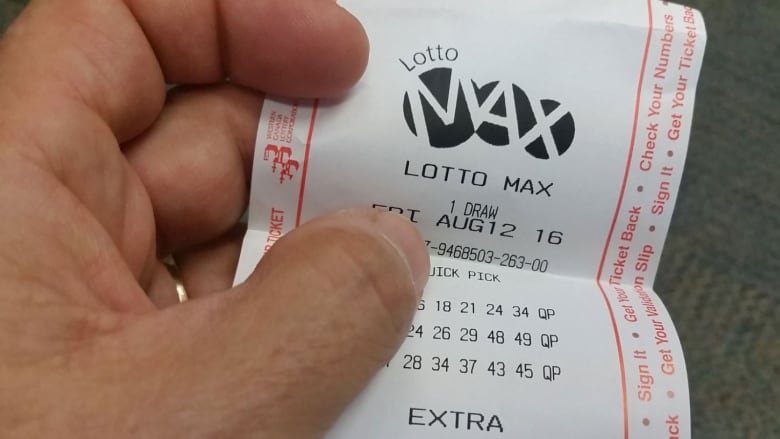Remembering The Century Of Progress: Chicago's Second World's Fair

Table of Contents
A Fair Born from the Ashes of the Great Depression
Economic Impact and Social Significance
The Century of Progress Exposition wasn't just a spectacle; it was a lifeline for Chicago and the nation. Held amidst the crippling economic hardship of the Great Depression, the fair played a crucial role in boosting morale and revitalizing the city's economy. Its impact was multifaceted:
- Job Creation: The construction and operation of the fair provided thousands of much-needed jobs, injecting capital into the struggling economy and providing livelihoods for many.
- Increased Tourism: The fair attracted millions of visitors from across the country and around the globe, injecting significant revenue into Chicago's businesses and hotels.
- Psychological Uplift: Beyond the economic benefits, the exposition offered a much-needed dose of optimism and hope. The sheer scale and ambition of the undertaking provided a powerful symbol of progress and resilience in the face of adversity.
The fair's attendance figures are a testament to its scale and impact. Over 48 million people visited the Century of Progress Exposition, a remarkable achievement considering the economic climate. It provided a much-needed escape and a symbol of hope for a nation grappling with hardship.
Architectural Marvels and Urban Planning
The Century of Progress Exposition boasted stunning architecture that pushed the boundaries of design and construction. Many of the structures were innovative for their time, using modern materials and techniques that would shape Chicago's skyline for decades to come. Iconic buildings like:
- The Hall of Science: A symbol of scientific advancement, showcasing cutting-edge technology and research.
- The Sky Ride: Offering breathtaking views of the fairgrounds, this aerial tramway showcased innovative engineering.
These buildings, along with many others, exemplified the Art Deco and Streamline Moderne styles, influencing subsequent architectural designs in Chicago and beyond. The fair's layout and planning also had a lasting effect, contributing to the city's urban development and shaping its future cityscape. The legacy of the Century of Progress in urban planning continues to resonate in modern-day Chicago.
Technological Advancements on Display
Groundbreaking Inventions and Demonstrations
The Century of Progress Exposition served as a showcase for remarkable technological innovations, giving visitors a glimpse into a future brimming with possibility. Key innovations showcased included:
- Television: Early forms of television technology were demonstrated, providing a glimpse into the future of broadcasting.
- Air Conditioning: The fair showcased the growing use of air conditioning, demonstrating its potential to transform living and working conditions.
These demonstrations, along with many others, highlighted the rapid pace of technological advancements and their potential to improve lives. The fair served as a platform for scientific and technological progress, inspiring innovation and shaping public perception of the future.
The Future is Now: Visions of Tomorrow
The Century of Progress Exposition wasn't just about showcasing existing technology; it was also about envisioning the future. Many exhibits presented bold visions of tomorrow, influencing later technological developments and shaping public perception:
- Futuristic City Models: Exhibits depicting utopian cities of the future fueled imaginations and inspired urban planners.
- Predictions for the Future: Speculative exhibits about future technologies and lifestyles sparked discussions and shaped public expectations.
The fair's futuristic elements played a key role in stimulating technological innovation and fostering a sense of optimism about the future. The Century of Progress Exposition's forward-looking perspective has had a significant and enduring impact on technological advancements.
Cultural and Artistic Expressions at the Fair
Art, Music, and Entertainment
The Century of Progress Exposition was more than just a technological showcase; it was a vibrant hub of cultural and artistic expression. The fair offered a diverse range of entertainment and artistic experiences:
- Live Music Performances: Numerous musical acts performed throughout the fair, providing entertainment for visitors.
- Art Exhibits: The fair showcased a wide array of artistic styles, including paintings, sculptures, and other forms of visual art.
This rich tapestry of artistic and cultural expressions contributed to the fair's overall atmosphere and enhanced the visitor experience. The impact of the Century of Progress on artistic and cultural trends is still being felt today.
A Tapestry of Cultures
The Century of Progress Exposition fostered international understanding and cultural exchange through its participation from around the globe. Foreign pavilions provided opportunities to learn about different cultures:
- International Pavilions: Numerous countries showcased their cultures and traditions through dedicated pavilions and exhibits.
- Cultural Exchange: The fair facilitated interactions and exchanges between individuals from different parts of the world, promoting greater understanding and cooperation.
The fair's commitment to international participation enriched the visitor experience and promoted cross-cultural dialogue and understanding, solidifying its place as a significant cultural event.
Conclusion
The Century of Progress Exposition was more than just a world's fair; it was a pivotal moment in Chicago's history and a symbol of resilience and hope during the Great Depression. Its impact on the city's economy, architecture, technology, and culture is undeniable. The fair's legacy continues to inspire, shaping our understanding of technological advancements, urban planning, and the power of human ingenuity. Remember the legacy of innovation and hope that defined the Century of Progress Exposition. Further your exploration of this pivotal moment in Chicago's history by visiting the Museum of Science and Industry (which has roots in the fair) and rediscovering the enduring impact of the Century of Progress.

Featured Posts
-
 Winning Lotto Ticket Sold Here Claim Your Prize
May 28, 2025
Winning Lotto Ticket Sold Here Claim Your Prize
May 28, 2025 -
 Noviy Proekt Uesa Andersona Podrobnosti O Predstoyaschem Filme
May 28, 2025
Noviy Proekt Uesa Andersona Podrobnosti O Predstoyaschem Filme
May 28, 2025 -
 Magyarorszag Tavaszias Idojaras Csapadekos Napok Varhatoak
May 28, 2025
Magyarorszag Tavaszias Idojaras Csapadekos Napok Varhatoak
May 28, 2025 -
 Is Bob Nutting Destroying The Pittsburgh Pirates More Than Just Paul Skenes Needs Saving
May 28, 2025
Is Bob Nutting Destroying The Pittsburgh Pirates More Than Just Paul Skenes Needs Saving
May 28, 2025 -
 Foinikiko Sxedio Ola Osa Prepei Na K Serete Gia Tin Nea Tainia
May 28, 2025
Foinikiko Sxedio Ola Osa Prepei Na K Serete Gia Tin Nea Tainia
May 28, 2025
